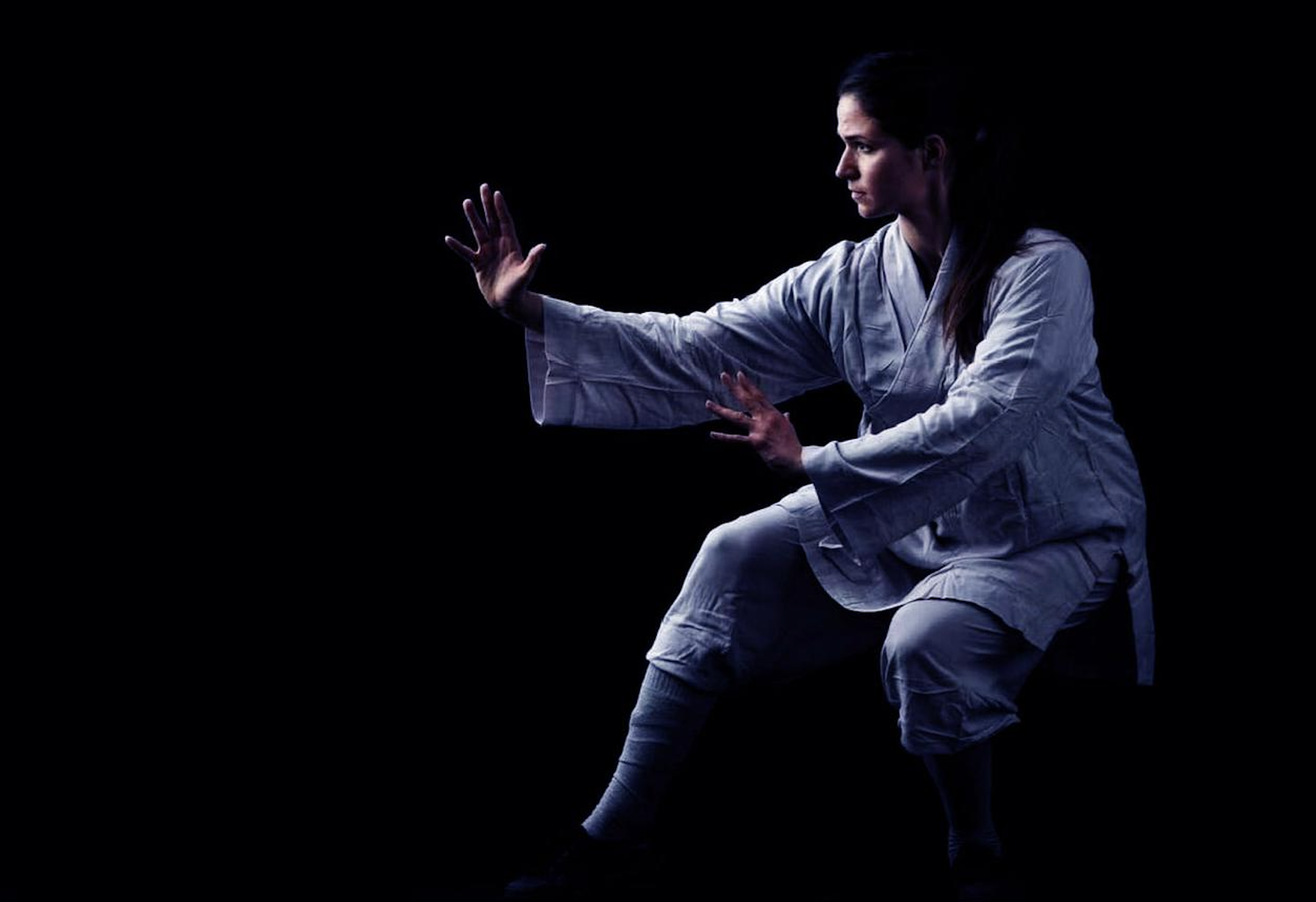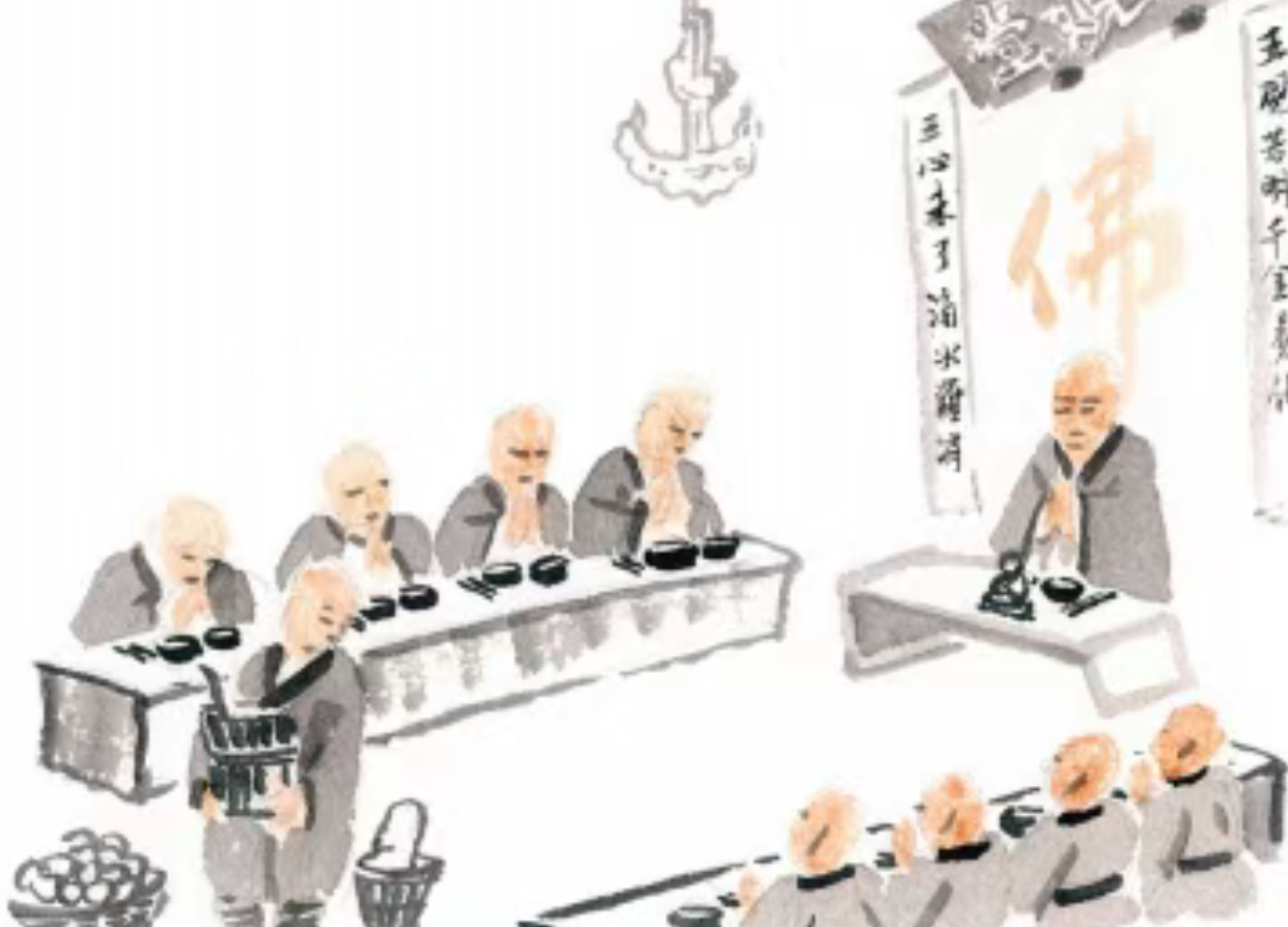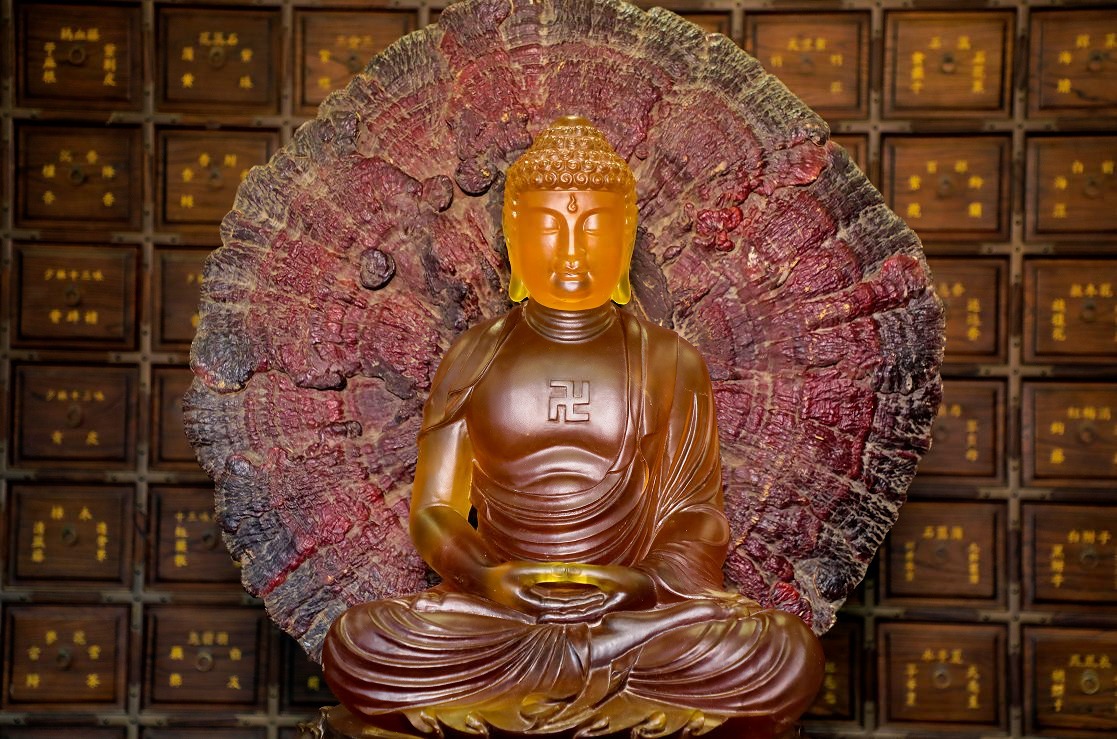Doors and Windows: The Eyes and Mouth of Architecture
In traditional Chinese architecture, doors and windows are not mere functional openings—they express the spirit and essence of a building. Doors symbolize entryways for energy and movement, while windows allow light and air, vital for life and vitality.
A door can be simple or grand, from the humble gate of a home to the imposing mountain gate of a temple or the majestic city gates of ancient capitals. Doors represent social status, honor, and cultural meaning. They often feature plaques, side panels called door cheeks, and wooden pegs (mendang), which may be round or square, each carrying symbolic value.
The surfaces are typically painted red or black lacquer to evoke auspiciousness or dignity. Above doors, decorative eaves called menzhao act like hats, shielding and beautifying the entrance. Stone or wooden bases known as hudui support the frame, with different shapes conveying subtle messages about the household’s rank.

Keys and Cultural Symbols
Since the Tang and Song dynasties, keys have had symbolic importance. Palace officials carried fish-shaped tallies acting as keys, because fish never close their eyes—symbolizing vigilance in guarding entrances. This custom extended to door hardware, emphasizing protection and spiritual presence.
Behind many main doors, structures like spirit screens block direct line of sight to protect the home’s energy and privacy. These elements reveal the layered cultural wisdom embedded in Chinese architectural design.
The Meaning of the Chinese Character for Door
The character 门 (men) visually represents a door with two panels, while a single panel represents a household (hu). This pictographic form reflects the passage one must take to enter deeper into a home or hall.
Confucius said, “Who can go out without passing through a door?” (Analects: Yong Ye) — reminding us that doors are simple but profound symbols of transition and choice.

Shaolin’s Gates: Square, Upright, and Symbolic
Shaolin’s temple gates are square and upright, reflecting correctness, balance, and harmony—known as “right view” and “center.” The square shape embodies clarity and uprightness, essential in both architecture and spiritual outlook.
In life, we encounter many “doors”—decisions and opportunities—and must choose wisely. Our choices are guided by right view, the foundational Buddhist concept meaning a correct understanding of reality. Right view underpins all virtuous action, speech, and thought, steering us toward liberation.
Buddhism advocates the Middle Way, avoiding extremes, balancing flexibility and principle, much like the shape of Shaolin’s doors and windows.

Square or Round? The Balance of Forms
In homes and gardens, round doors add elegance and softness, symbolizing harmony and unity. However, temple gates are square—conveying order, boundaries, and seriousness. This echoes ancient Chinese coins, round on the outside but square in the center, illustrating the integration of heaven (round) and earth (square).
Windows provide ventilation and light, making rooms vibrant. Shaolin’s mountain gate windows are round with nested square patterns—like eyes watching over all beings entering or leaving the temple. At night, their warm glow represents the wisdom and kindness of ancient sages, guiding the lost and weary.
The Philosophy of Action: Square Inside, Round Outside
A visiting foreigner once showed a company logo that was square outside and round inside. The Shaolin master responded, “We Chinese do the opposite—square inside and round outside. We act only after clarity within.” This reflects Chinese cultural wisdom: inner stability combined with outer adaptability.
Square shapes symbolize integrity and principle, while roundness allows for flexibility and change. Together they express the Middle Way, the balanced path in life and practice.

Doors, Windows, and the Mind
Shaolin’s gates and windows teach us to cultivate inner clarity and moral uprightness while remaining flexible to life’s changes. The scriptures say, “The mind, the Buddha, and all sentient beings—there is no difference.” The “doors and windows” between us and enlightenment are often our own minds—our judgments, attachments, and delusions.
The challenge is to open those doors and windows within, letting the pure, square, upright mind shine through a rounded, compassionate heart.



